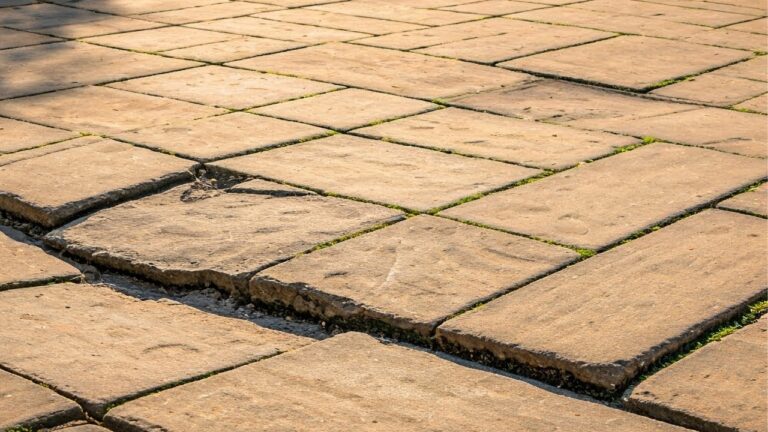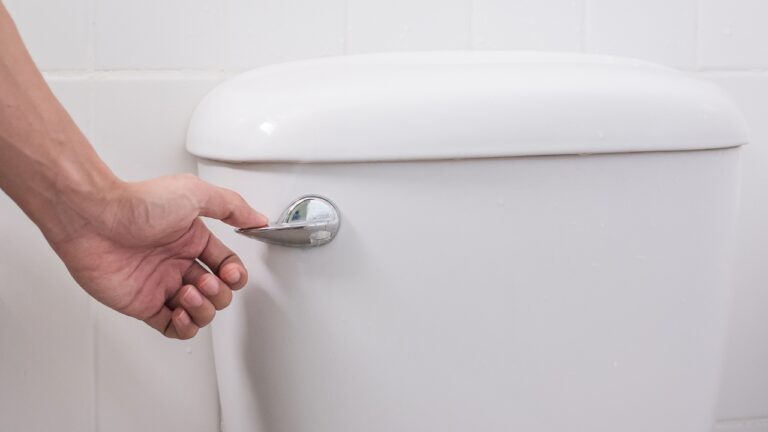If your house feels cold, start by checking the caulk around your windows
You might not see it, but there’s a good chance your windows are quietly wasting energy—and driving up your utility bill. Even newer windows can have invisible air leaks that let warm air slip out in winter and hot air creep in during summer.
The glass may look perfectly sealed, but the real culprit is often around the frame where the trim meets the wall. That tiny gap doesn’t look like much, but it can cost you hundreds of dollars a year in lost heating and cooling.
The hidden leak you probably missed
Most people check for drafts by running their hand along the windowpanes, but the real problem area is usually the caulk line and weatherstripping. Over time, the caulk around your windows dries out, cracks, or pulls away from the frame. When that happens, air slips through—even if your window is technically “closed tight.”
You can test it by lighting a candle or incense stick and moving it slowly around the frame. If the smoke flickers, you’ve found a leak. It’s that subtle, and it’s why even well-maintained homes lose efficiency without realizing it.
Why it costs more than you think
A small leak around one window might not seem like a big deal, but multiply that by every window in your house and it adds up fast. According to the Department of Energy, air leaks can account for 25%–40% of your heating and cooling loss. That means your HVAC system runs longer to make up for it, wasting energy and wearing out sooner.
You’ll especially feel it on windy days or in older homes with wood trim. Even vinyl or aluminum frames can separate slightly from shifting foundations or seasonal expansion and contraction. What looks fine visually can still be a major money drain behind the scenes.
The quick fix that actually works

The easiest and most affordable fix is to reseal the edges. Start by removing any cracked or peeling caulk around the interior and exterior frames. Wipe it clean, let it dry, and then apply a fresh bead of paintable silicone or latex caulk. It’s a small project that makes a big difference in comfort and energy savings.
For windows that open and close frequently, check the weatherstripping. If it’s brittle, missing sections, or no longer compresses properly, replace it. Most hardware stores sell weatherstripping kits for under $15, and installation takes minutes.
Don’t forget the trim and casing
Even if the window frame itself is sealed, gaps can form where the trim meets the drywall. These cracks are often so small they’re invisible until you shine a flashlight across the surface. Sealing those joints with caulk or foam backer rod can prevent air from leaking behind your walls and into your insulation—something most homeowners never think about.
If your trim feels loose or shifts when you press on it, it’s worth re-nailing or tightening before sealing. Otherwise, the gap will reopen with the next season’s humidity changes.
When it’s worth upgrading
If your windows are over 20 years old or still feel drafty after sealing, they might not be insulated properly to begin with. Older single-pane or aluminum-framed windows are notoriously inefficient. Replacing them with double-pane, low-E models can dramatically reduce energy loss and increase comfort year-round.
But before you spend thousands, it’s smart to do the basics—seal, insulate, and check for air movement. In many homes, those simple fixes restore most of the efficiency without replacing a single window.
A small job with a big payoff

It’s easy to overlook what you can’t see, especially when your windows look fine from a distance. But those invisible gaps are often the reason your energy bill never seems to drop. Spending an afternoon resealing and weatherproofing your windows can make your home quieter, more comfortable, and cheaper to heat and cool—all without replacing anything.
The best part? You’ll feel the difference the next time the temperature swings. Your house will stay warmer, your HVAC won’t run as hard, and that “invisible” gap will stop leaking money out of your home.
Like Fix It Homestead’s content? Be sure to follow us.
Here’s more from us:
10 things that make your house feel less welcoming without saying a word
10 Upgrades That Make Your House Look Fancier Than Your Neighbor’s
*This article was developed with AI-powered tools and has been carefully reviewed by our editors.







